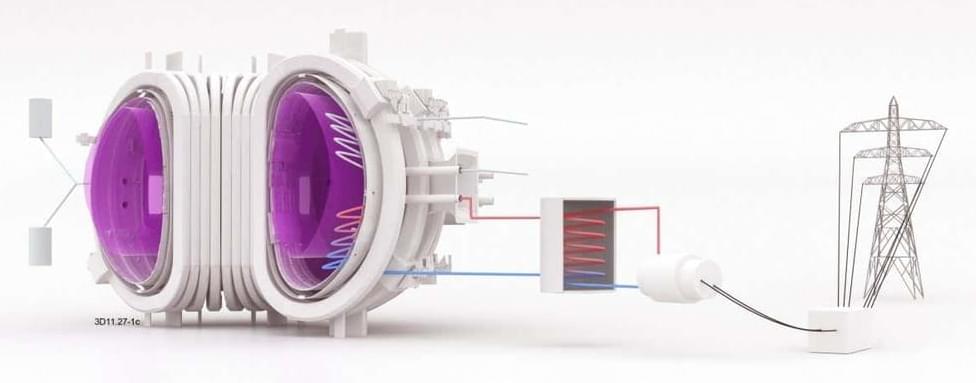Dark matter is made up of axions, elementary particles that are full of suspense.
About 85 percent of our universe is believed to be composed of dark matter, a hypothetical material that does not interact with light. So it neither reflects nor emits nor absorbs any light rays, and therefore, we can not see this unusual form of the matter directly. However, to understand and explain the nature of dark matter, scientists have created various models.
Surprisingly, a new study has ruled out one such popular explanation of the dark matter, called the axion-like particle (ALP) cogenesis model. The exclusion of ALP means that scientists will now have to consider fewer models while conducting dark matter research. This would increase both the speed and accuracy of their research works and bring us one step closer to understanding the most strange phenomenon of the universe. matter is made up of axons. Recently, scientists from the University of Australia decided to exclude a popular model (ALP cogenesis model) that is used to explain the nature of dark matter.






